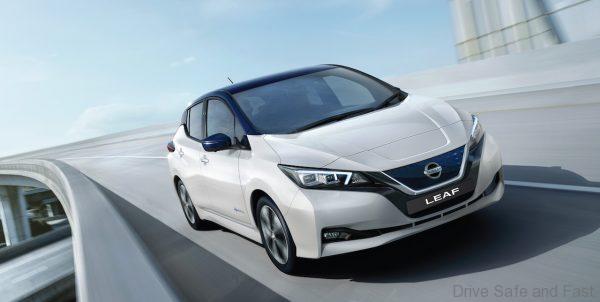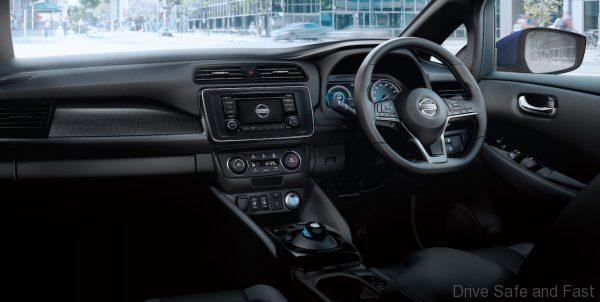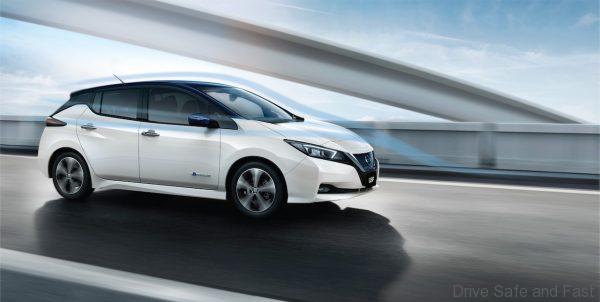Nissan LEAF: What’s it Like to Drive?
After last month’s launch of the 2nd generation Nissan LEAF, ETCM let us take the vehicle out for quite a lengthy test drive. We went from their Glenmaries 4S centre to Nichicon’s facility in Bangi. There, we put the LEAF up against a Nissan 370Z in a 50 metre drag race, then proceeded all the way to Putrajaya for a Q&A session. We concluded the drive by heading back to Glenmarie. All in all, that was about 90km of driving in the span of a few hours over traffic to wide open highways. Here’s what it was like.

Pretty normal
In its default setting, the Nissan LEAF drives like just about any other car. Shift it in D for drive or R for reverse, step on the accelerator to go, step on the brake to stop and move the thing with the steering wheel. The controls feel exactly like what you’d expect it to feel like in a C-segment hatchback.

But it’s a lot different when you start to look at the finer points.
Power Delivery
As we noted earlier, ETCM put this car up against a Nissan 370Z and it won on a 50m drag race consistently. Its got a lot of torque, and that’s where the performance differs from most petrol-powered cars. The electric motor is capable of delivering burst of instant acceleration and doesn’t need to ‘build it up’ the way other internal combustion engines do. This may take some getting used to, but as long as you’re light footed, you won’t really be able to tell the difference on day-to-day drives.

Electronic Gear Shifter
First off there’s the gear selector. Just like on other Japanese electrified vehicles, there’s a shift-by-wire system here. This makes the controls ultra light and easy to engage.

Getting into park is done by just pushing a button while moving into D or R require a short push. The whole knob is sprung to return to its default position after being operated.

Noiseless
Those who haven’t driven a plug-in electric vehicle (PHEV) or electric vehicle before might be alarmed at how quiet and refined the ride in one is. You can’t tell if the car is on by listening. In fact, while I was filming a video about the LEAF, I hadn’t realised it was on until I got in and saw the instrument cluster was all lit up.

Even on the move, you mostly hear tyre and wind noise, and not too much of it at that. The LEAF does emit its own noise (a higher pitched whining noise) to warn pedestrians but this isn’t anything as loud and rough as a petrol motor.
Optional e-Pedal Mode
The third difference is more of an option. There’s a little button near the gear selector labelled ‘e-Pedal’. With this engaged, you can control the LEAF with just the accelerator pedal. It’s difficult to explain how this feels and works, but I’ll try.
In most other cars, the engine usually spins between 1000rpm to 6000rpm and the gearbox has various ratios to ensure the engine is delivering the right amount of power for the speed the car is going. In an electric car like the Nissan LEAF, there’s only one ratio as the electric motor itself can spin at much higher revs and has no risk of stalling out when spinning too slowly (unlike an engine). This means that the electric motor is more directly involved in the speed of the car.

With e-Pedal mode, the accelerator now controls just how fast the motor spins. So if you’re completely off pedal, the motor’s power is reduced to 0 (gradually, depending on speed). It’s like braking, except the motor is slowing down the car for you. On the flip side, maintaining speed and accelerating is a little more natural. You really have to test drive it yourself to understand it.